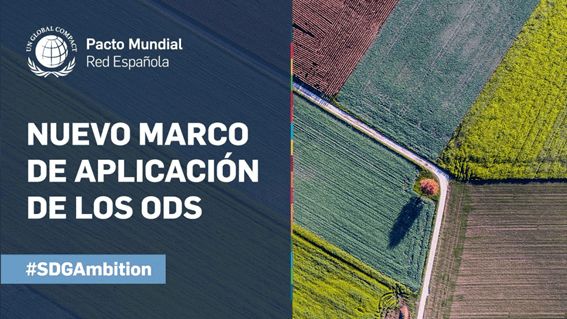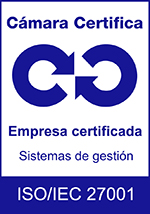“There is no doubt that 2020 has presented many obstacles to the achievement of the SDGs. achieving the SDGs by 2030 The Spanish Global Compact Network’s executive director, Cristina Sanchez, said: “There is no doubt that in 2020 there are many obstacles to achieving the SDGs by 2030. “The COVID-19 crisis has highlighted the broader vulnerabilities and challenges in our society and global community, and we must now take ambitious steps to rebuild in an inclusive and sustainable manner.”
Companies around the world have a unique opportunity to develop business strategies to overcome this pandemic that fully integrate the SDGs and contribute to building more inclusive and sustainable societies. The SDG Ambition accelerator program will enable companies to go beyond the progress already made on SDGs and move towards transformational change, build resilience and enable long-term growth.
On the occasion of the launch of the SDG Ambition platform the United Nations Global Compact has launched a new SDG Implementation Framework, which aims to guide companies to deepen the integration of the SDGs and the Ten Principles into business strategy, operations and stakeholder engagement.
In its development, the UN initiative has drawn on the experience of pioneering companies in sustainability, combining the key recommendations of the Board Program with sustainability reference guides such as SDG Compass, the Blueprint for Business Leadership on the SDGs or the Practical Guide “Integrating the SDGs into Corporate Reporting”.
As a result, the new framework has been organized into three main areas ranging from the integration of the SDGs into the company’s business strategy and overall operations to stakeholder engagement in sustainable development. These are:
Anchoring ambition in strategy and governance
The commitment to the 2030 Agenda should not remain only in the sustainability and environment departments, but should be integrated into the organization’s strategy so that the entire organization is aligned with the SDGs. Only in this way will the company achieve the impact that the Agenda for Humanity demands.
To this end, the framework proposes that companies start by redefining corporate purpose in line with sustainability principles and highlights two key aspects in this process: (1) considering where a company can contribute most (directly through operations or products or indirectly, for example, by helping consumers make more sustainable choices) and (2) taking into account how those actions will contribute to furthering traditional business objectives and creating new forms of customer value.
Likewise, this purpose must be integrated into governance to ensure full accountability for the transformation agenda through new corporate strategies and objectives that are anchored in a balanced scorecard.
Deepening integration across all operations
Once the company has integrated the SDGs into the strategy, it can move into action by implementing it across all business operations and processes. In other words, we must take into account its implementation in the three main areas:
- Products and servicesSDG integration into the product and service portfolio will require changes across the entire value chain, from research processes and product development, to sourcing and procurement of raw materials, to establishing more sustainable supply chains, to ensuring that manufacturing and support services are aligned to support SDG-related goals. In addition, we must ensure that mechanisms are in place to manage the impact of the product during its use and at the end of its useful life.
- People management: The inclusion of the SDGs at the core of the company’s business will depend on changes in corporate culture and people management practices. These may include the creation of SDG-aligned objectives, job descriptions and performance management or even the creation of leadership structures and incentive policies.
- Finance: To direct financial resources towards product and organizational transformation, it is important to integrate SDG-related business priorities into the capital flow and budget within an organization. From research and development investments to capital allocations for new facilities and equipment, these decisions are a critical factor for progress in any strategic initiative.
Strengthening stakeholder engagement
Finally, as companies embark on ambition integration, they can also increase focus on a third pillar: stakeholders. In this regard, we must consider that consumers and investors alike are increasingly demanding that companies be aligned with sustainability criteria. For this reason, it is essential that the company is committed to transparency and accountability, reporting information on its impact on the Sustainable Development Goals and investing in the development of partnerships and in a marketing strategy that highlights the company’s work in this field. The latter will also help to raise awareness among stakeholders and force industry competitors to react to a high bar, driving a “race to the top” in sustainability.
More information about the SDG Ambition initiative here .
At Laragon we support the implementation of strategies and tools that help companies achieve their SDG goals, and we encourage the adoption of the new SDG Implementation Framework promulgated by the Global Compact.



